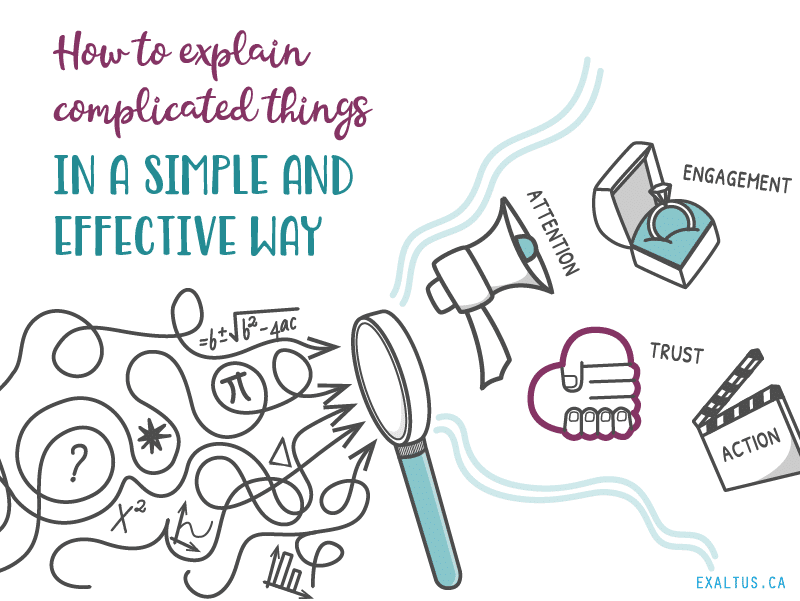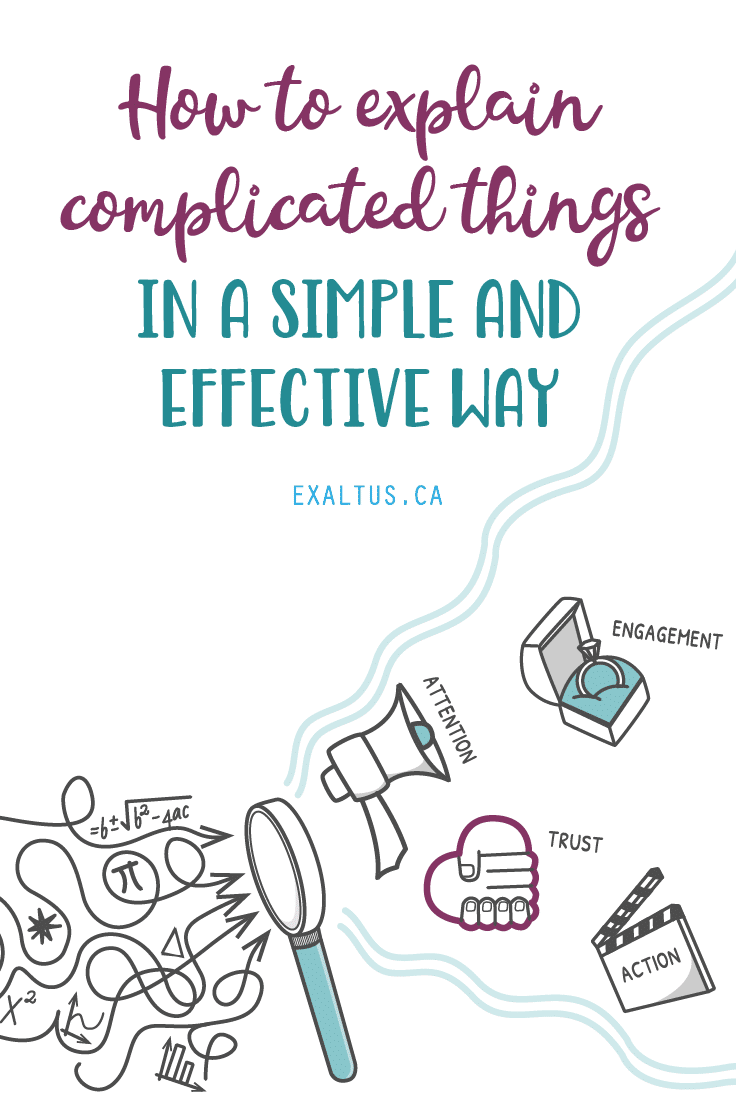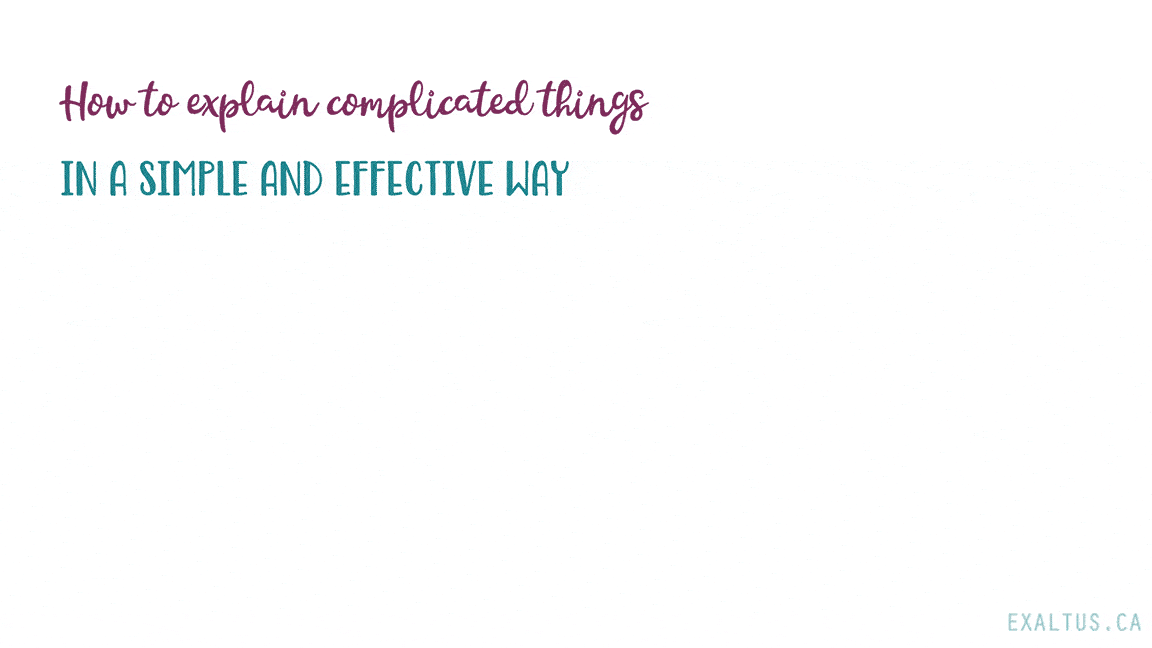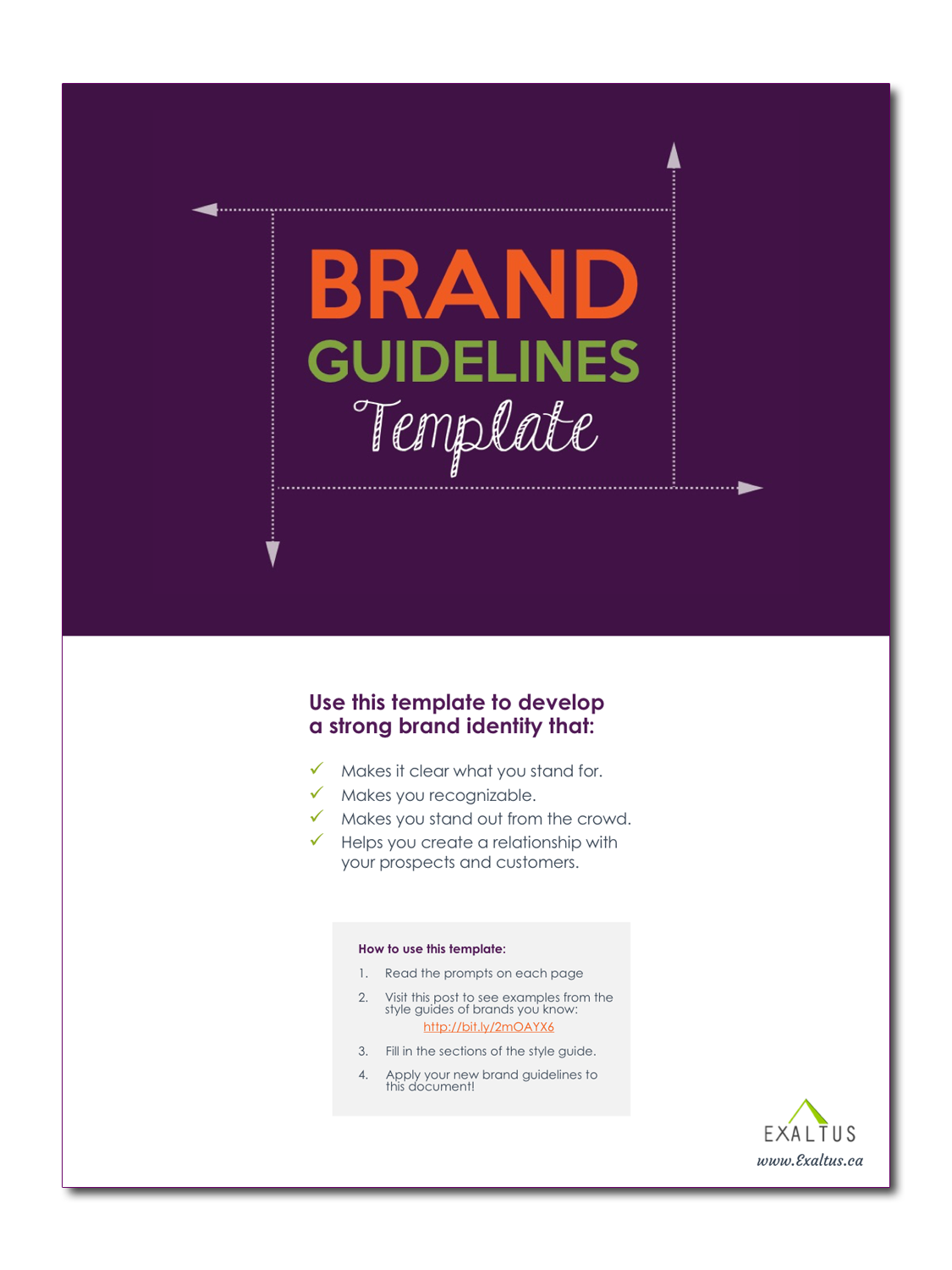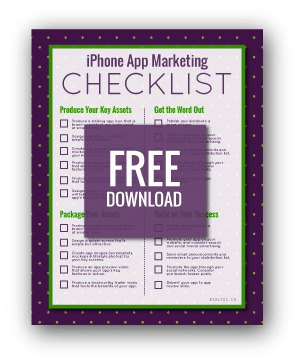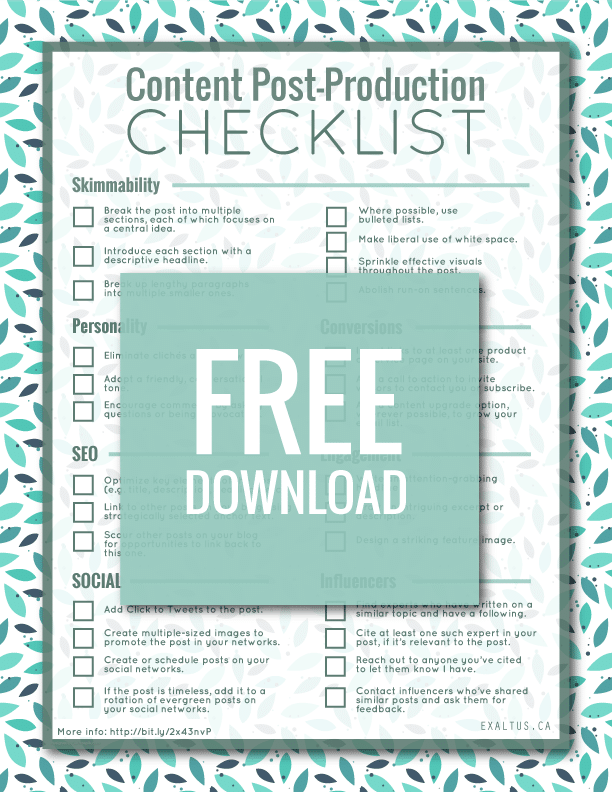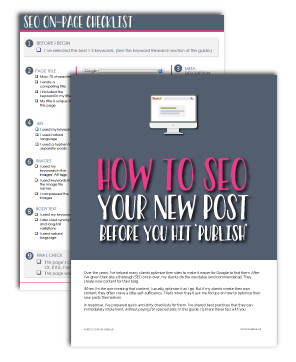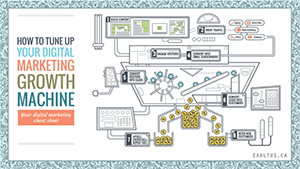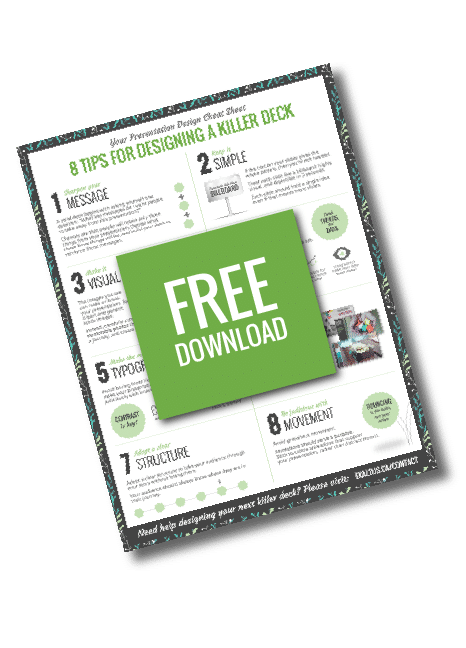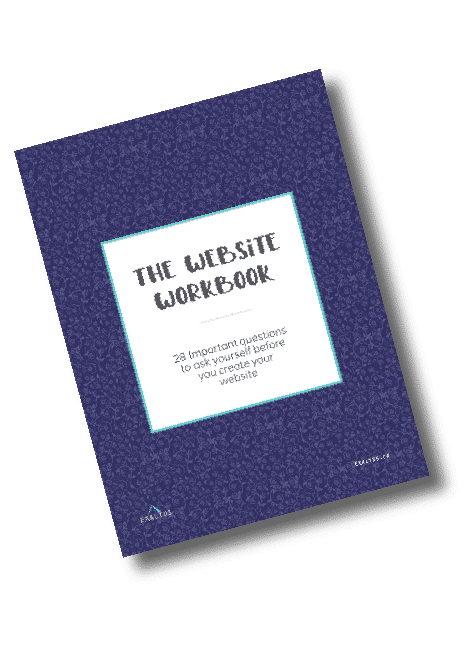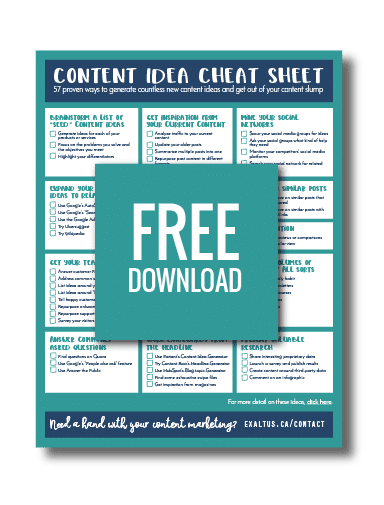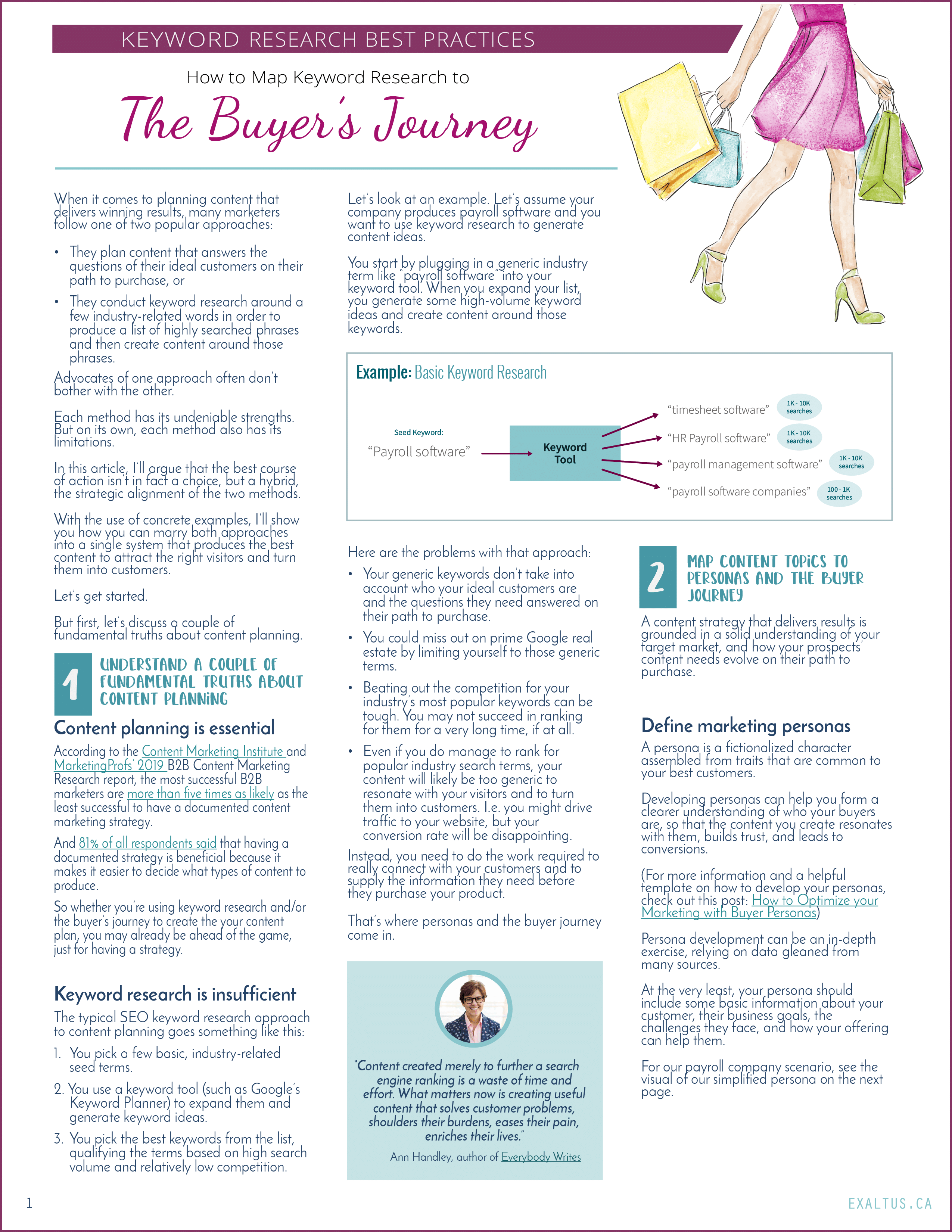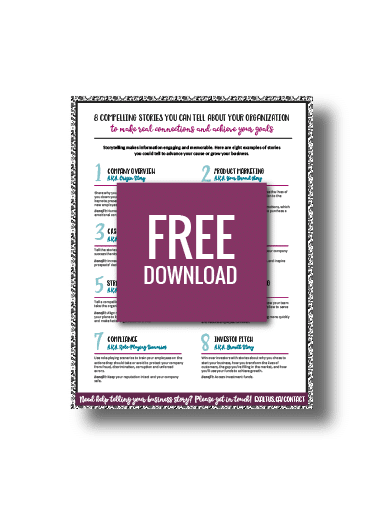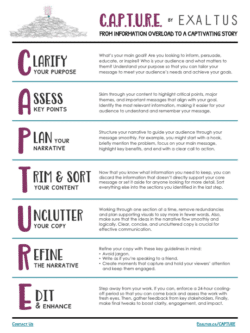You’ve got something important to explain to a group of people. In your mind, your message is clear. Then you start to explain it — and suddenly, everything sounds convoluted.
You look at your audience, and all you see in their faces is confusion, blank stares, and boredom.
You know you’re blowing it. And all you can think about is getting out of this situation.
Maybe your communication fail wasn’t this dramatic. Instead of a live event, maybe it happened on your website, or on social media, or by email. Either way, whether you’re talking to customers, investors, employees or your bosses, poor communication comes at a cost.
Learn to explain complicated things in a simple way that attracts and holds attention, builds trust, engages your audience and moves them to act.
In this whiteboard video and blog post, here are my twelve tips for doing just that.
1
Know your audience
You wouldn’t explain your business to your grandmother the way you would to an expert in your field, right? To communicate your ideas effectively, especially complicated ones, it’s important to get to know your audience.
- What is their background?
- How much do they already know and understand about your topic?
- What reasons or motivations do they have for absorbing your explanations?
- What is their preferred mode of communication?
Understanding your audience is essential for communicating effectively with them.


2
Tell them why they should care
If your audience thinks there is a good reason to understand what you’re telling them, they will pay more attention. Before you launch into your explanation, make sure they understand:
- Why is it important?
- How will they benefit?
3
Break it up into bite-sized pieces
Try as you might, your audience will not remember every detail of your explanation.
Identify the key messages you want your audience to take home. And remember: a chain is only as strong as its weakest link. Build your explanation one strong link at a time.


4
Trim the fat
We talked about identifying key takeaways. Make sure they don’t get lost in a fog of extraneous details that matter only to you.
Resist the impulse to provide too much background. Figure out which details provide essential context and clarity. The rest can be presented later or at their request.
5
Hold their attention
Getting your audience’s attention is one thing. Holding onto it is another.
Bill Gates famously released mosquitos into a crowd to make a point during a presentation about malaria.
Without taking such drastic measures, look for ways to create a series of moments that hold your audience’s attention.


6
Reinforce their understanding
Learning is tied to confidence. Give your audience the chance to cement their understanding by asking them questions along the way and inviting them to ask their own.
1
Know your audience
You wouldn’t explain your business to your grandmother the way you would to an expert in your field, right? To communicate your ideas effectively, especially complicated ones, it’s important to get to know your audience.
- What is their background?
- How much do they already know and understand about your topic?
- What reasons or motivations do they have for absorbing your explanations?
- What is their preferred mode of communication?
Understanding your audience is essential for communicating effectively with them.

2
Tell them why they should care
If your audience thinks there is a good reason to understand what you’re telling them, they will pay more attention. Before you launch into your explanation, make sure they understand:
- Why is it important?
- How will they benefit?

3
Break it up into bite-sized pieces
Try as you might, your audience will not remember every detail of your explanation.
Identify the key messages you want your audience to take home. And remember: a chain is only as strong as its weakest link. Build your explanation one strong link at a time.

4
Trim the fat
We talked about identifying key takeaways. Make sure they don’t get lost in a fog of extraneous details that matter only to you.
Resist the impulse to provide too much background. Figure out which details provide essential context and clarity. The rest can be presented later or at their request.

5
Hold their attention
Getting your audience’s attention is one thing. Holding onto it is another.
Bill Gates famously released mosquitos into a crowd to make a point during a presentation about malaria.
Without taking such drastic measures, look for ways to create a series of moments that hold your audience’s attention.


Learn to explain complicated things in a simple way
Find out how to explain complicated things in a simple way that attracts and holds attention, builds trust, engages your audience, and moves them to act.

6
Reinforce their understanding
Learning is tied to confidence. Give your audience the chance to cement their understanding by asking them questions along the way and inviting them to ask their own.
7
Tell stories
Storytelling can be your superpower, especially if the goal of your explanation is to get your audience to take action. That’s because stories spark emotions, which are important drivers of decisions.
Unleash the emotional power of stories to take your audience on a journey, and move them to act.


8
Use examples and analogies
Explaining complex ideas in general terms can leave your listeners with a sketchy understanding of what you’re talking about. Analogies can quickly crystallize their understanding. Use them as a communication shortcut by comparing a new idea to a concept they’re already familiar with.
And check out my post about keyword research best practices to see concrete examples can gel your understanding of a more complex topic.
9
Compare and contrast
Use benchmarks to put what you’re saying into perspective. If I tell you your sales are at 75% of budget, that might sound bad… until I tell you that you were at only 55% of your final number at this time last year.


10
Use visuals
According to John Medina, author of Brain Rules, adding visuals to your explanation can increase retention rates from 10% (using audio only) to 65% (when you add visuals).
Consider all the visual storytelling options at your disposal, including:
- Photos
- Illustrations
- Infographics
- Whitboard videos
- Physical props
11
Understand your topic better
Einstein famously said that “if you can’t explain it simply, you don’t understand it well enough.”
Are there gaps in your own understanding of your subject matter? Take the time to make things clear for yourself.

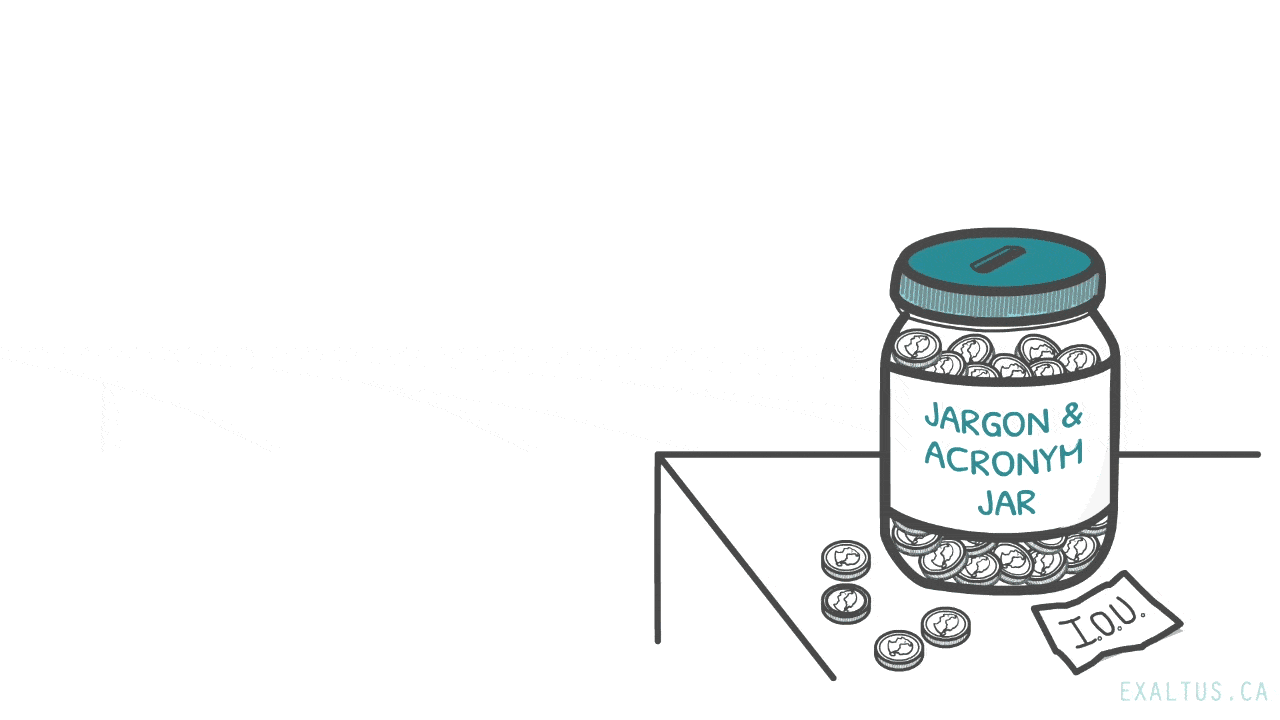
12
Watch your language
Are your explanations riddled with jargon and acronyms? You might be losing people without knowing it. Speak as plainly as you can.
6
Reinforce their understanding
Learning is tied to confidence. Give your audience the chance to cement their understanding by asking them questions along the way and inviting them to ask their own.

7
Tell stories
Storytelling can be your superpower, especially if the goal of your explanation is to get your audience to take action. That’s because stories spark emotions, which are important drivers of decisions.
Unleash the power of stories to take your audience on a journey, and move them to act.

8
Use examples and analogies
Explaining complex ideas in general terms can leave your listeners with a sketchy understanding of what you’re talking about. Analogies can quickly crystallize their understanding. Use them as a communication shortcut by comparing a new idea to a concept they’re already familiar with.
And check out my post about keyword research best practices to see concrete examples can gel your understanding of a more complex topic.

9
Compare and contrast
Use benchmarks to put what you’re saying into perspective. If I tell you your sales are at 75% of budget, that might sound bad… until I tell you that you were at only 55% of your final number at this time last year.

10
Use visuals
According to John Medina, author of Brain Rules, adding visuals to your explanation can increase retention rates from 10% (using audio only) to 65% (when you add visuals).
Consider all the visual storytelling options at your disposal, including:
- Photos
- Illustrations
- Infographics
- Videos
- Physical props

11
Understand your topic better
Einstein famously said that “if you can’t explain it simply, you don’t understand it well enough.”
Are there gaps in your own understanding of your subject matter? Take the time to make things clear for yourself.

12
Watch your language
Are your explanations riddled with jargon and acronyms? You might be losing people without knowing it. Speak as plainly as you can.

Over to you
If you’ve ever found yourself tripping over a complicated explanation, I hope you’ll find some of these tips useful. And if you need a little more handholding to turn your complicated information into a compelling story, please get in touch or find out more about our evidence-backed visual storytelling! We can help. And be sure to check out more of the whiteboard animation examples in our portfolio
Finally, if you enjoyed this blog post, please let me know by signing up to my email list.

